
Pierre Brasseur, born Pierre-Albert Espinasse, was a French actor.
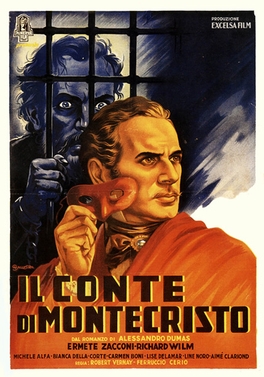
The Count of Monte Cristo is a 1943 French-Italian historical drama film directed by Robert Vernay with Ferruccio Cerio as the supervising director. Based on the classic 1844 novel Le Comte de Monte Cristo by Alexandre Dumas père, this two-part film stars Pierre Richard-Willm in the title role. It was shot at the Cinecittà Studios in Rome and the Cité Elgé in Paris. The film's sets were designed by the art director René Renoux.
Monsieur Octave is a 1951 French comedy film directed by Maurice Boutel and starring Pierre Larquey, Marcel Pérès and Mady Berry. A recently retired railway worker borrows money to build a new house.

The Woman I Murdered is a 1948 French drama film directed by Jacques Daniel-Norman and starring Armand Bernard, Pierre Larquey and Micheline Francey. The film's sets were designed by the art director Raymond Druart.

The Nude Dancer is a 1952 French comedy film directed by Pierre-Louis and starring Catherine Erard, Pierre Larquey and Jean Debucourt. The film's sets were designed by the art director Claude Bouxin. It is based on the interwar career of music hall star Colette Andris.

Beautiful Days is a 1935 French comedy film directed by Marc Allégret and starring Simone Simon, Jean-Pierre Aumont and Raymond Rouleau. The film's sets were designed by the art directors Jean d'Eaubonne and Lazare Meerson.
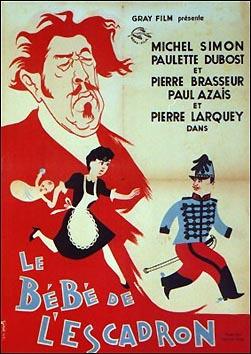
The Squadron's Baby is a 1935 French comedy film directed by René Sti and starring Michel Simon, Paulette Dubost and Suzy Prim. The film's sets were designed by the art director Eugène Lourié.
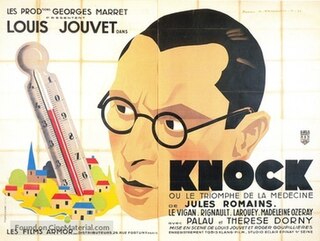
Knock is a 1933 French comedy film directed by Roger Goupillières and Louis Jouvet and starring Jouvet, Robert Le Vigan and Madeleine Ozeray. It was made at the Epinay Studios in Paris while Location shooting took place in Corrèze. The film's sets were designed by the art director Lucien Aguettand. It is based on the 1923 play Knock by Jules Romains. The play was adapted again for the 1951 film Dr. Knock.

The Lady of the Camellias is a 1934 French historical romantic drama film directed by Fernand Rivers and Abel Gance and starring Yvonne Printemps, Pierre Fresnay and Jane Marken. It is based on the 1848 novel The Lady of the Camellias by Alexandre Dumas fils. The film's sets were designed by the art directors Henri Ménessier and René Renoux.

Clodoche is a 1938 French comedy film directed by Raymond Lamy and Claude Orval and starring Pierre Larquey, Denise Bosc, Jules Berry and Florelle. The film's sets were designed by the art director Roland Quignon.
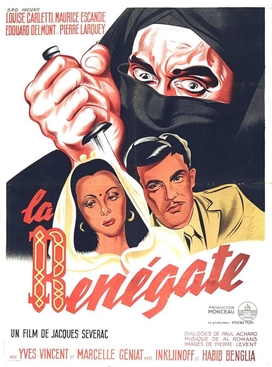
The Renegade is a 1948 French drama film directed by Jacques Séverac and starring Louise Carletti, Maurice Escande and Édouard Delmont. The film's sets were designed by the art director Maurice Bernard.
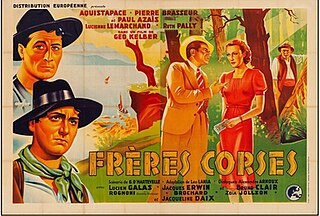
The Corsican Brothers is a 1939 French drama film directed by Géo Kelber and Robert Siodmak and starring Jean Aquistapace, Pierre Brasseur and Lucienne Le Marchand. It is loosely inspired by the novella of the same title by Alexandre Dumas. Siodmak supervised the production and shot much of the location work in Corsica.
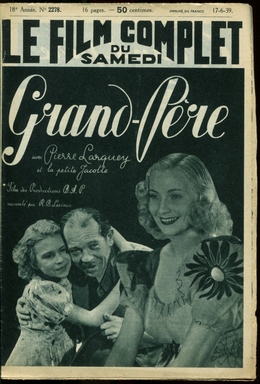
Grandfather is a 1939 French comedy drama film directed by Robert Péguy and starring Pierre Larquey, Josseline Gaël and Milly Mathis. The film's sets were designed by the art director René Renoux.
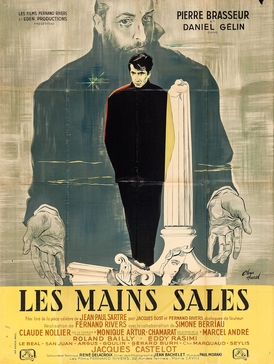
Dirty Hands is a 1951 French drama film directed by Fernand Rivers and Simone Berriau and starring Pierre Brasseur, Daniel Gélin and Claude Nollier. It is an adaptation of the 1948 play Dirty Hands by Jean-Paul Sartre. It was shot at the Neuilly Studios in Paris. The film's sets were designed by the art directors Robert Dumesnil and René Renoux.

That's Sport is a 1938 French comedy film directed by René Pujol and starring Pierre Larquey, Henri Garat and Suzanne Dehelly. The film's sets were designed by the art director Émile Duquesne.
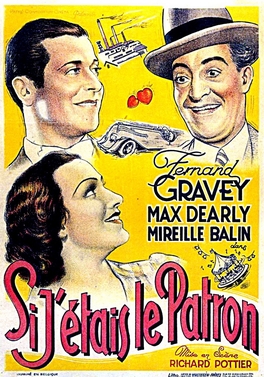
If I Were Boss is a 1934 French comedy film directed by Richard Pottier and starring Fernand Gravey, Max Dearly and Mireille Balin. The film's sets were designed by the art director Jacques Krauss. Thr depiction of a struggling business has been regarded as a metaphor for the wider state of French industry at the height of the Great Depression. It was produced the same year as a number of financial scandals hit French firms.

A Woman's Treasure is a 1953 French comedy film directed by Jean Stelli and starring François Périer, Marie Daëms and Jacques Morel. The film's sets were designed by the art director Jacques Colombier.
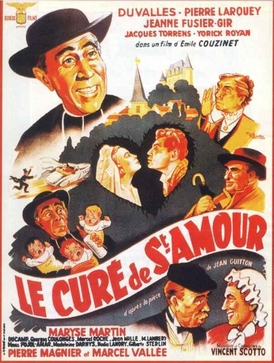
The Priest of Saint-Amour is a 1952 French comedy film directed by Émile Couzinet and starring Frédéric Duvallès, Pierre Larquey and Jeanne Fusier-Gir. The film's sets were designed by the art director René Renneteau.

The Congress of Mother-in-Laws is a 1954 French comedy film directed by Émile Couzinet and starring Pierre Larquey, Jeanne Fusier-Gir and Georges Rollin. It was shot at the Studios de La Côte d'Argent in Bordeaux and on location in Bourg-sur-Gironde. The film's sets were designed by the art director René Renneteau.

Midnight Tradition is a 1939 French mystery thriller film directed by Roger Richebé and starring Viviane Romance, Georges Flamant and Marcel Dalio. It is based on the 1930 novel of the same title by Pierre Mac Orlan. It was shot at the Neuilly Studios in Paris. The film's sets were designed by the art directors René Renoux and Roland Quignon.



















